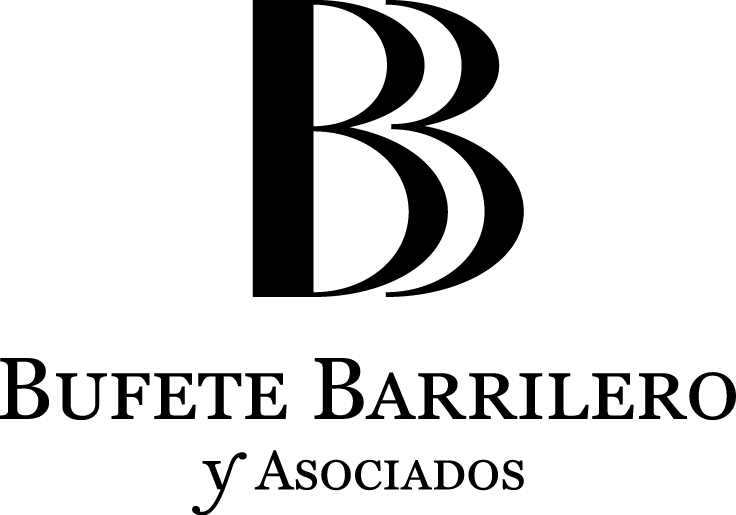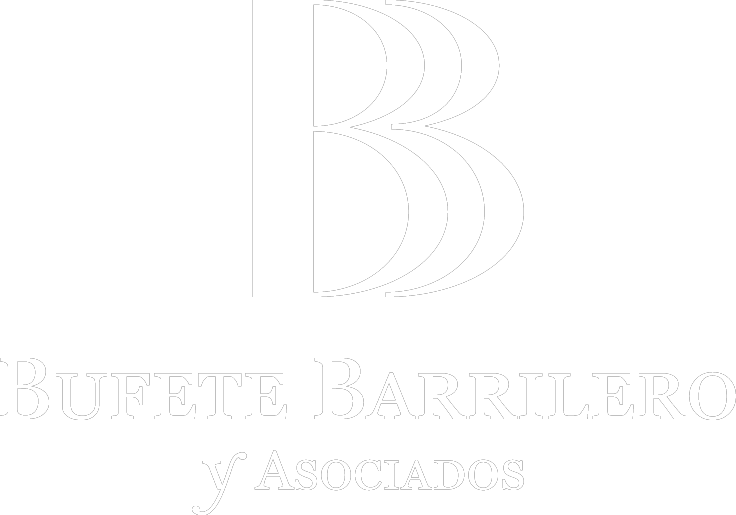LABOR AND SOCIAL SECURITY LAW
Gabriela Lachiondo
The Government recently announced a proposed reform of the Medical Leave (IT) system aimed at facilitating a gradual reincorporation process for employees returning from medical leave, particularly in cases of chronic illnesses or long-term treatments. This change seeks to balance the needs of both employees and companies, offering a more adaptable system that takes individual circumstances into consideration.
The reform introduces significant changes to the gradual reincorporation of workers. Firstly, this return will not be mandatory for the employee; it will only be applied if the worker and their treating physician deem it appropriate, and if the company agrees to support this reincorporation. In other words, the decision will be a joint agreement between all three parties, ensuring that the worker’s health remains the top priority.
Employees will be able to return to their roles gradually without requiring complete medical clearance. During this period, the company will be responsible for ensuring that the job accommodates the physical or mental limitations of the employee. This may involve changes to assigned tasks or adjustments to working hours.
The implementation of this reform presents notable challenges for both employees and companies. One primary concern for employees is the potential pressure to return before full recovery. The unions CCOO and UGT have expressed their concerns about misuse of this flexibility, warning that, if mismanaged, it could compromise medical care. Additionally, they fear that some employees may feel pressured, directly or indirectly, to return to work prematurely, risking their health.
For businesses, the reform will require adjustments to internal policies and procedures. This could involve redefining roles, acquiring new equipment, or adapting the work environment to ensure no risks to the employee’s health. These adjustments could increase costs, which companies must anticipate and manage effectively.
With the likely approval of this reform, it is essential for companies to begin preparations. Specific protocols will need to be developed to properly manage the gradual reincorporation process, always respecting the employee’s choice and medical guidelines. These protocols will not only ensure compliance with the regulation but will also safeguard the legal security of the company.
It will also be crucial to train human resources departments to manage these new situations effectively. Similarly, companies will need to review and adapt their work environments, ensuring they are safe for employees returning from sick leave. This preventive approach will not only protect the health of the employee but will also help to mitigate potential legal risks.
In conclusion, while the reform presents certain challenges, it also offers an opportunity for companies to strengthen their internal policies and enhance workplace safety.


